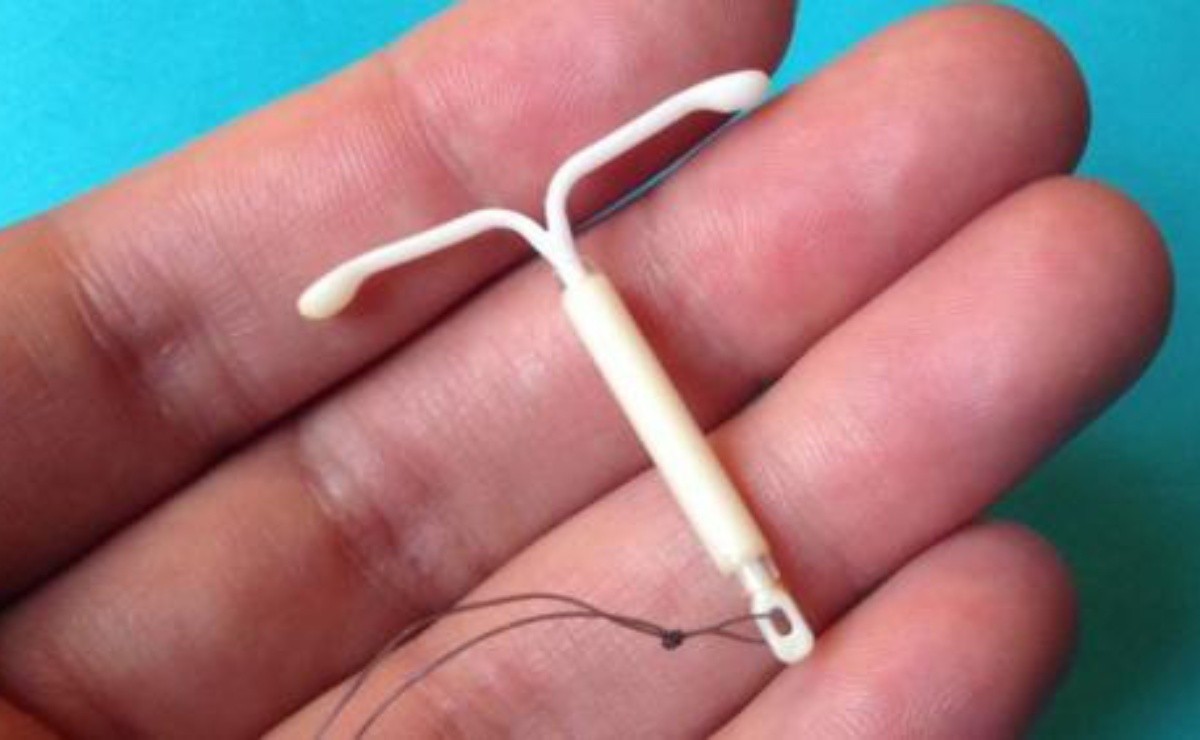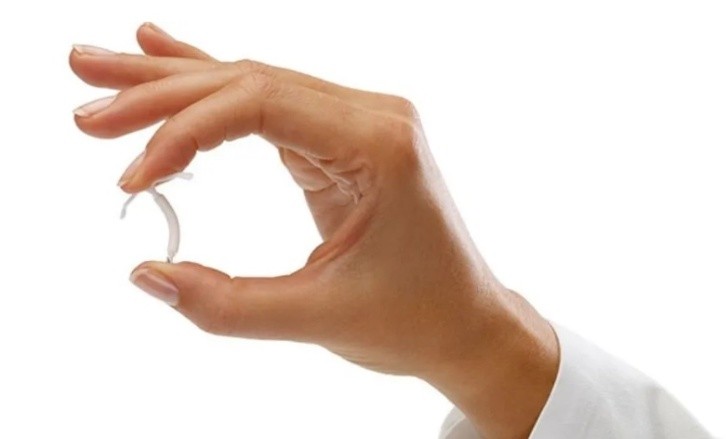
Jessica Cowgill started experiencing lower belly pain and irregular bleeding from the infected IUD
The life of a 25-year-old English nursing teacher was at risk, after she suffered an infection that almost cost her her life because the Intrauterine Device (IUD) that had been placed five years ago as a contraceptive method ended up being embedded in your uterus.
The young woman nearly lost her life when the IUD became infected . It should be noted that the sepsis or infection that caused Jessica Cowgill the IUD caused her to lose a fallopian tube, an ovary and part of the uterus, but that was not all, since the doctors had to remove the necrotic tissue, according to as published by The Sun newspaper.
Jessica realized something was wrong when she started to experience some cramps in her lower belly and unusual bleeding. Her GP and even an imaging gynecologist treated her and performed an ultrasound, however they could not find the reason for these disorders.
Given that condition, they gave her antibiotics as the pain continued, until Cowgill’s pain became unbearable and they had to admit her to the Blackburn city hospital. There they finally found that the IUD had embedded itself in the tissue of her uterus.
Later they decided to intervene to remove the necrotic tissue and when they had to remove part of her reproductive organs. But later the sepsis came back and they discovered that her liver, gallbladder, stomach and spleen were also affected.
The young woman who was operated on again and recovers in intensive care said that this was "one of the most terrifying experiences of my life." Apart from the fact that he is afraid that this problem has taken away the possibilities of having children in the future, although he says that the doctors assured him that it is possible to have them.

The IUD is a T-shaped device that is inserted into the uterus through the cervix. It has copper filaments that are what prevent the passage of sperm so that they do not reach the ovum.
Some gynecologists recommend that this contraceptive system should be checked once a year through an ultrasound. This is extremely important to prevent serious problems from occurring, such as the one the young woman had.